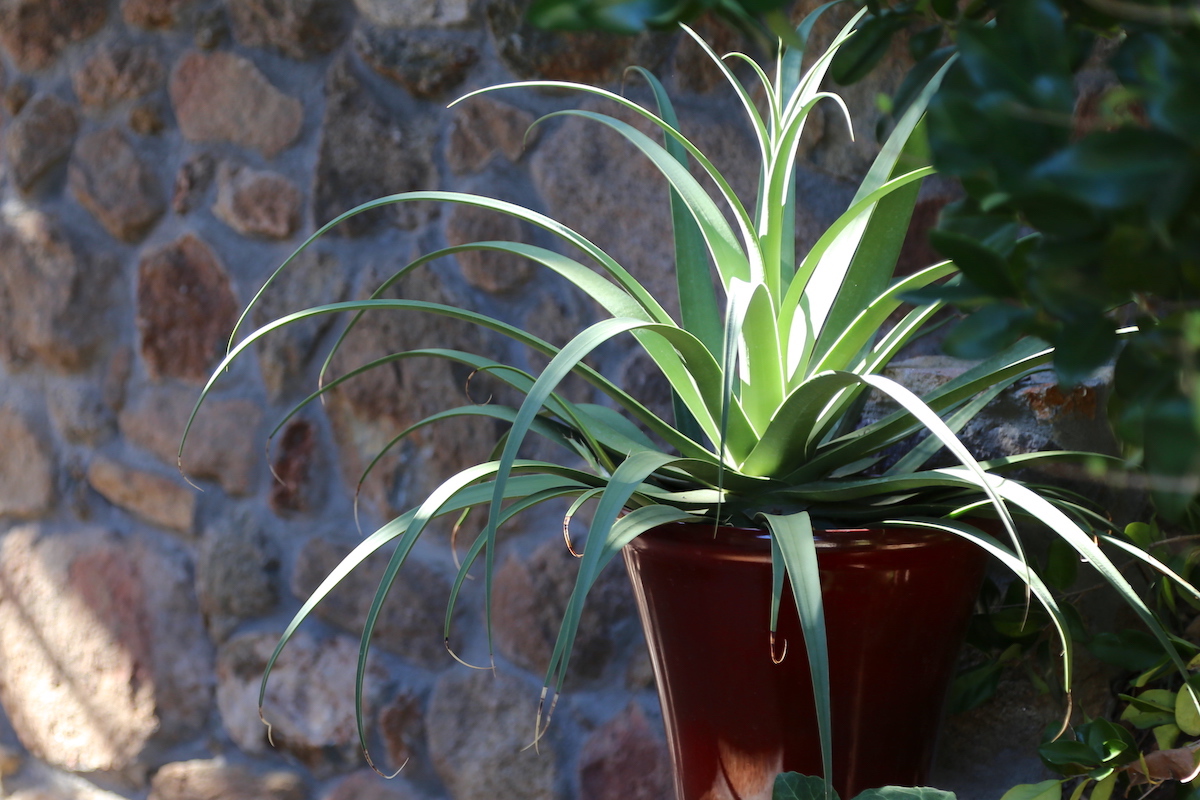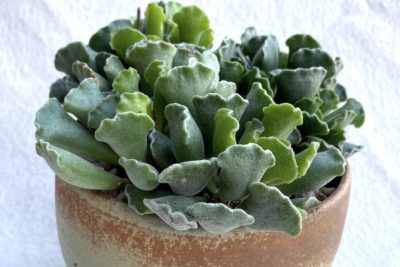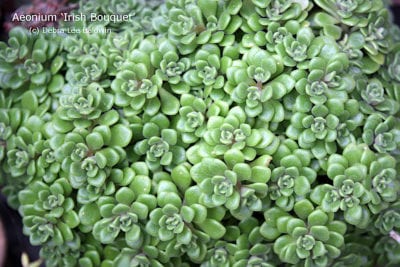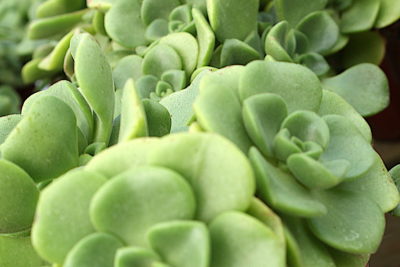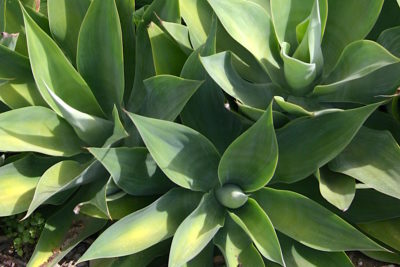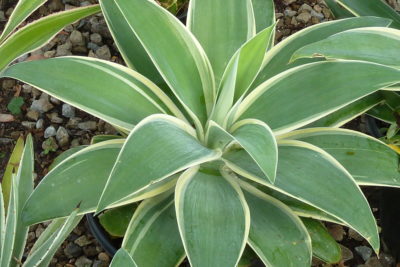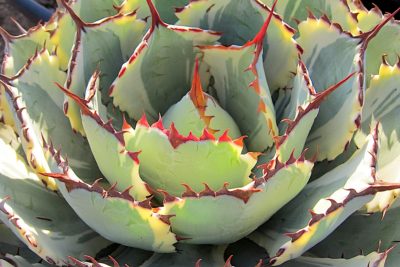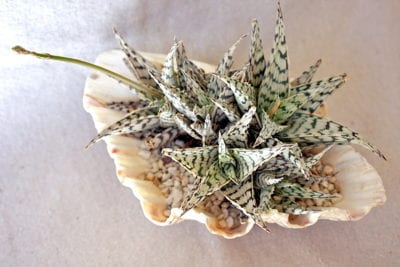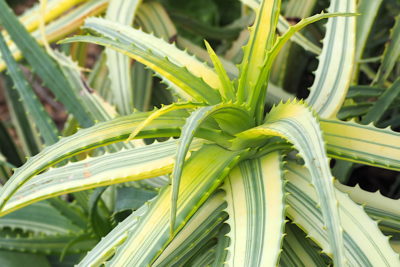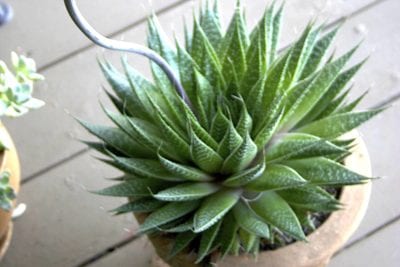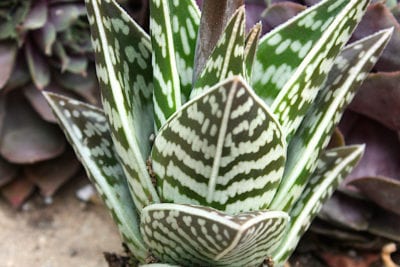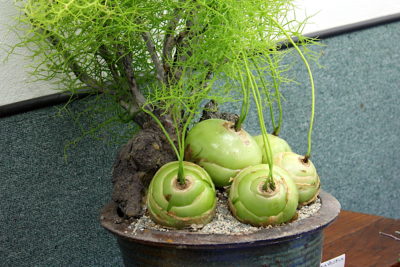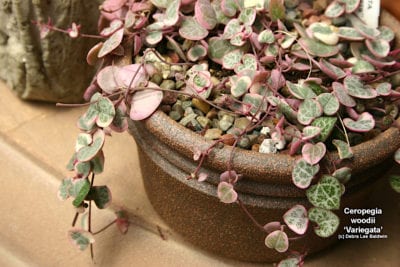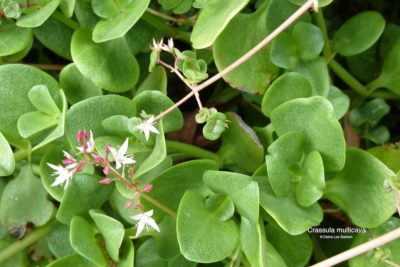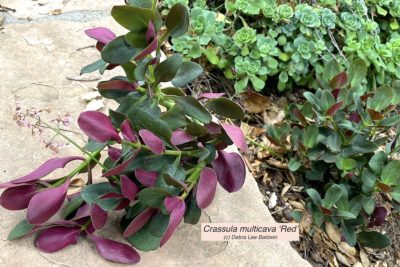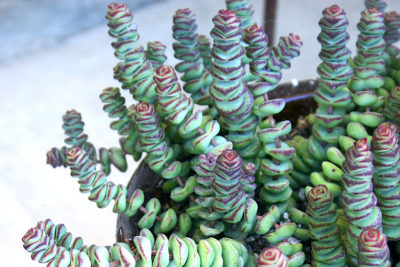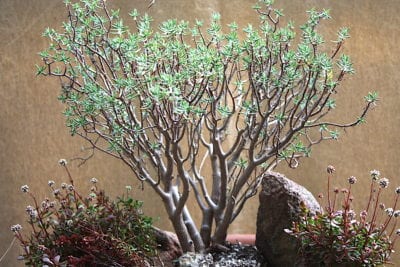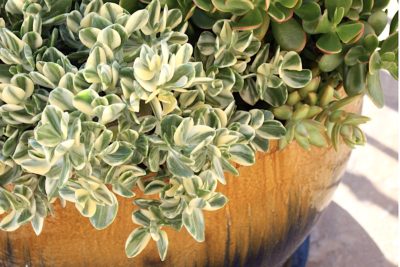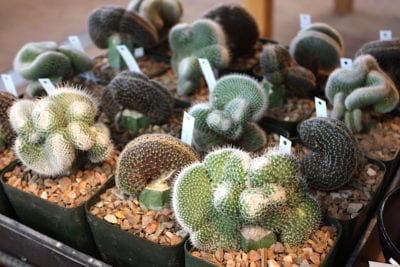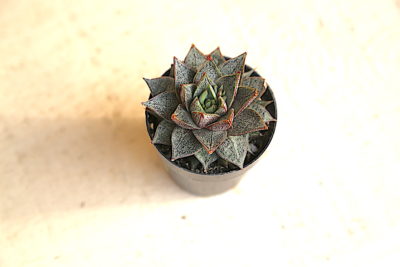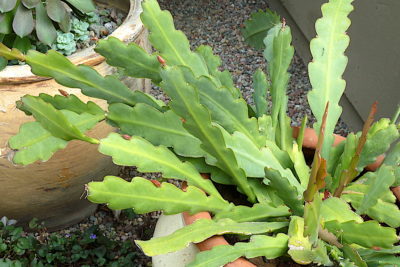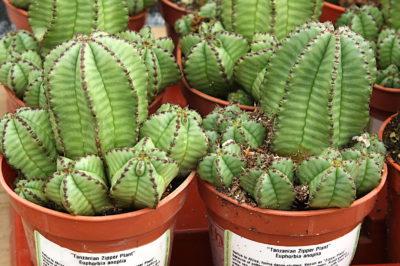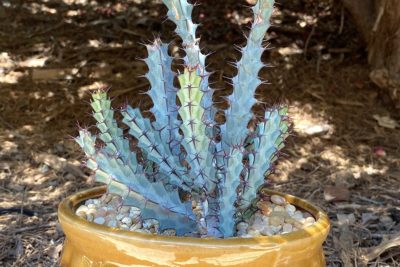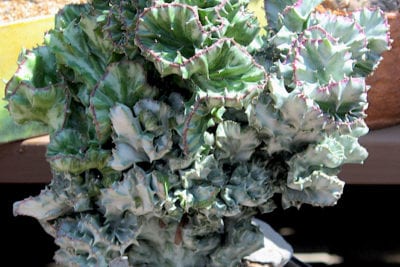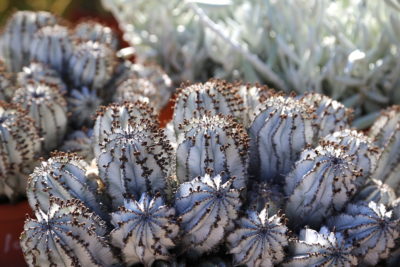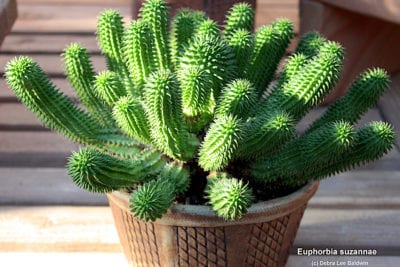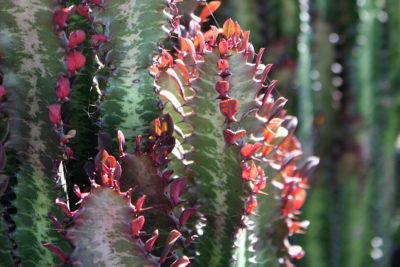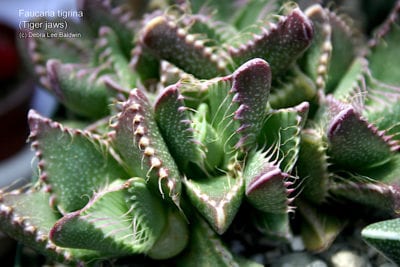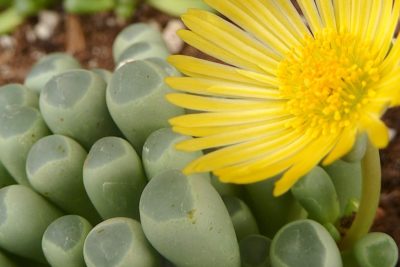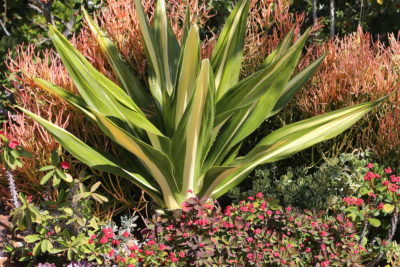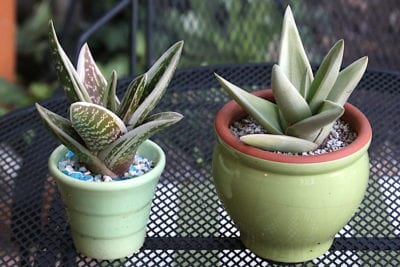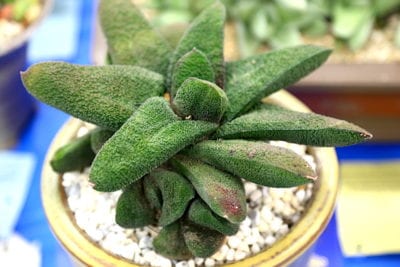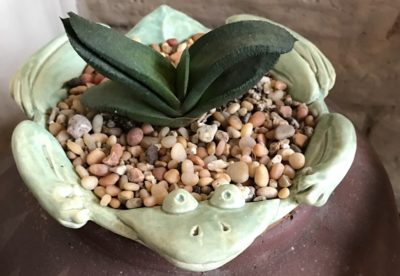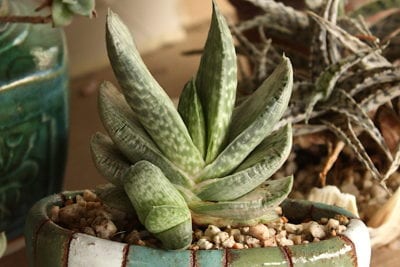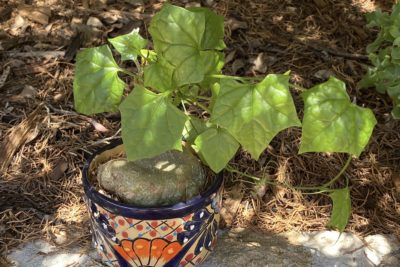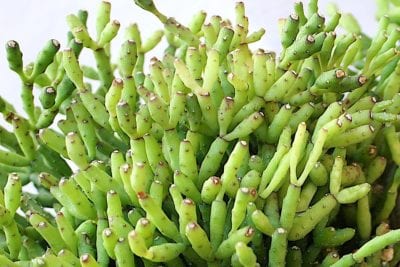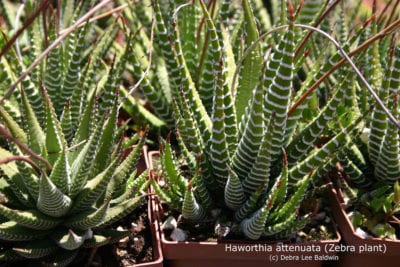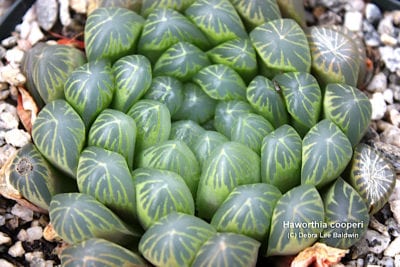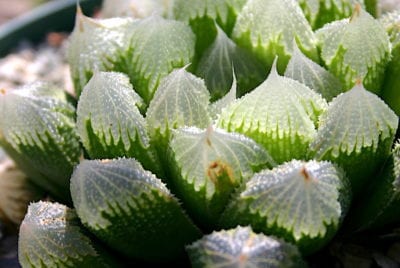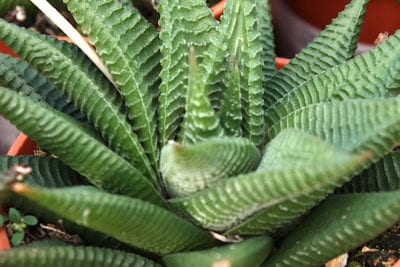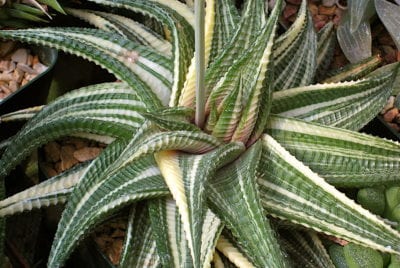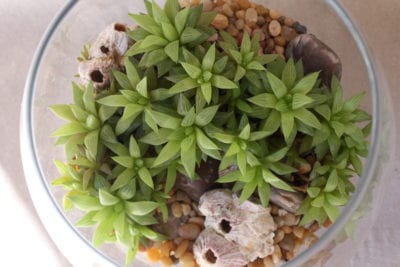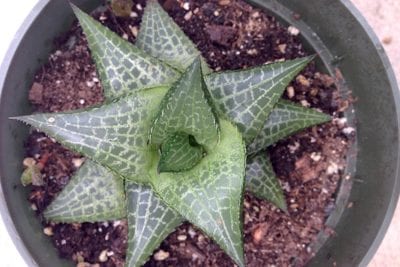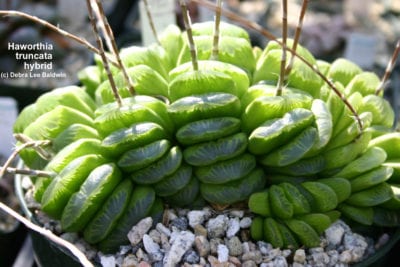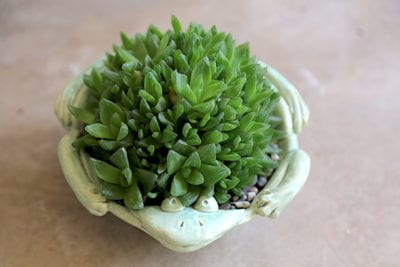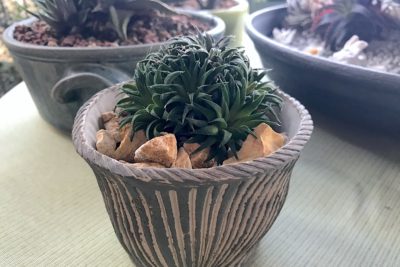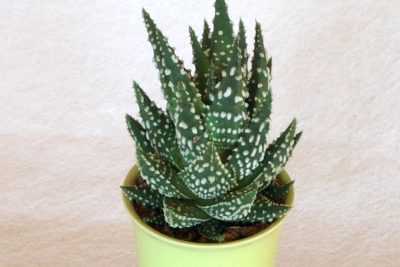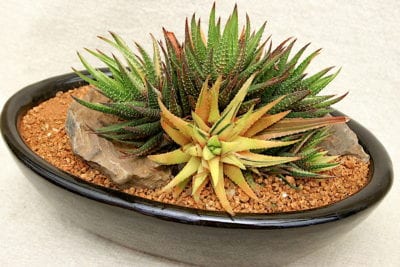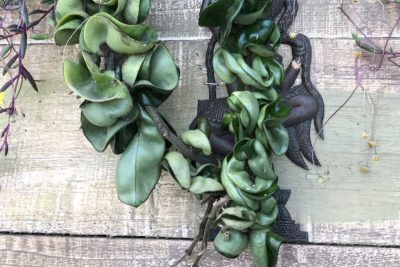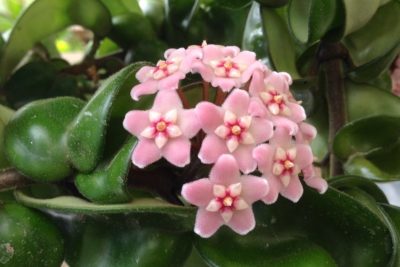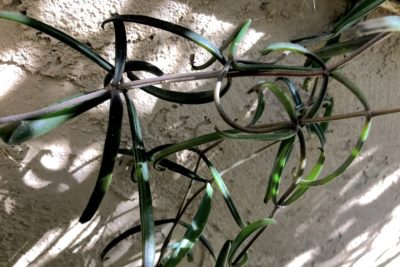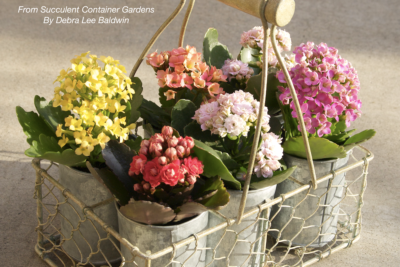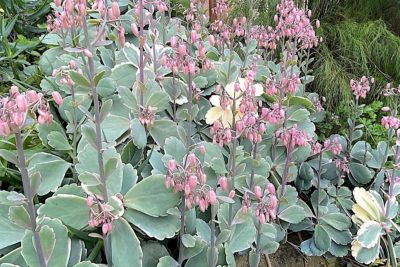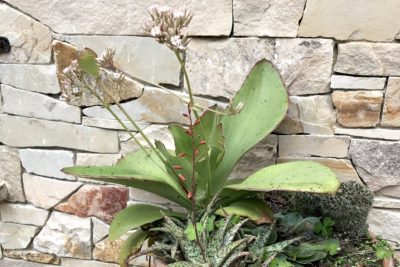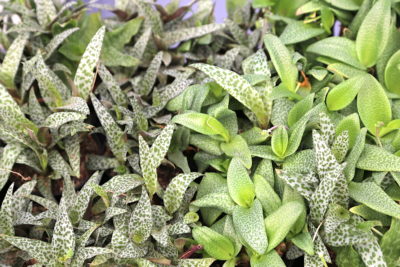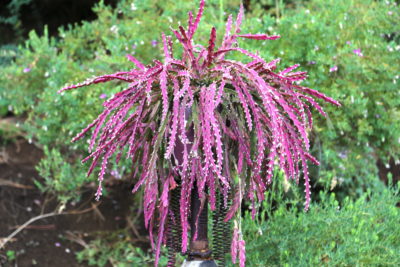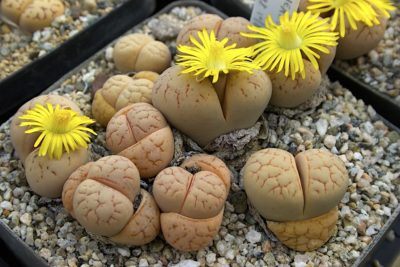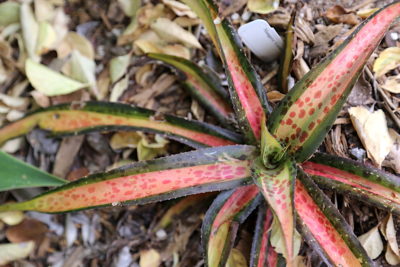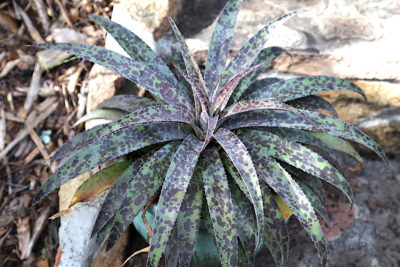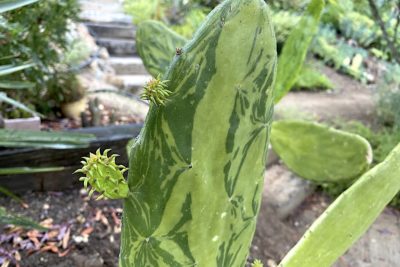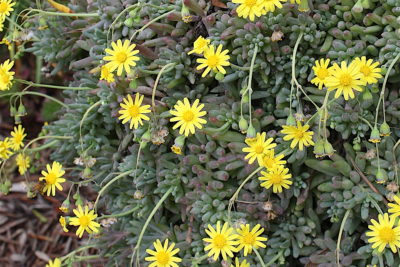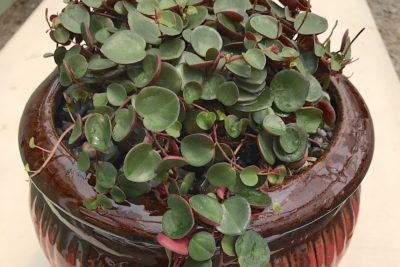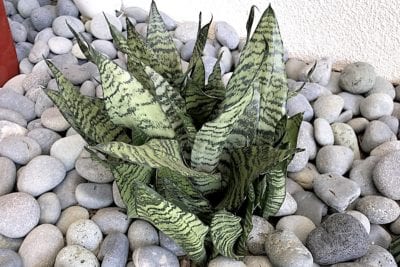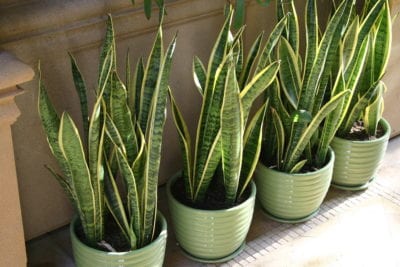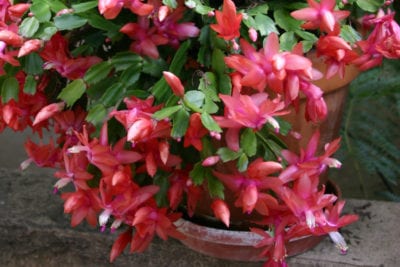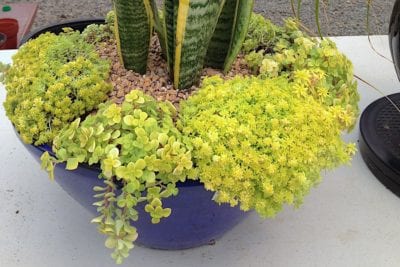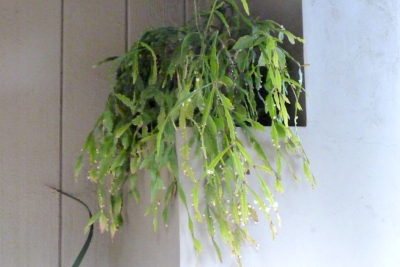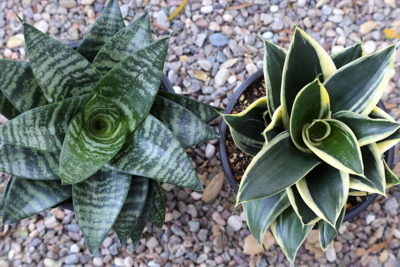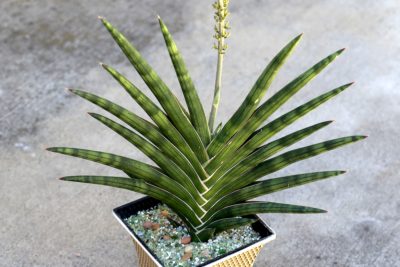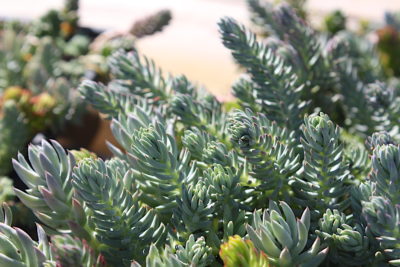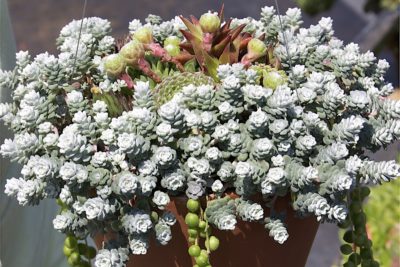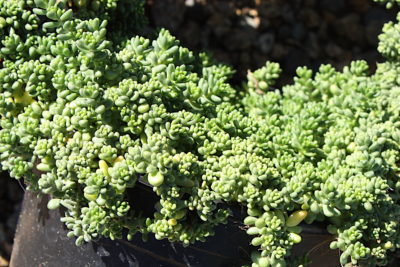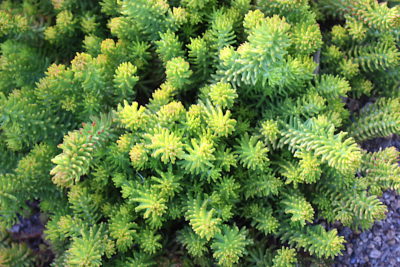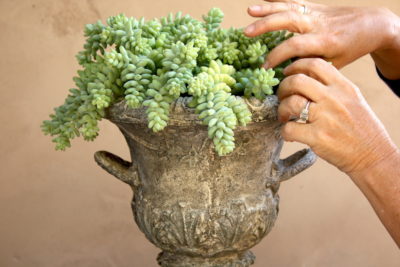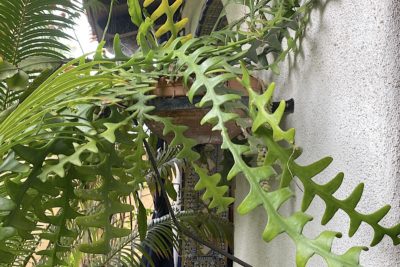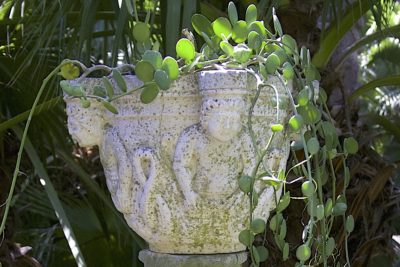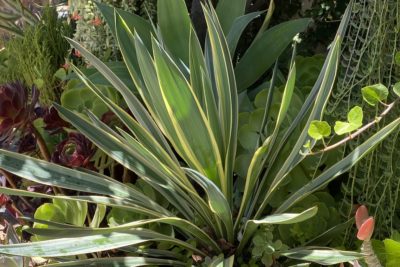Certain succulents not only thrive in shady spots, they prefer them. Below you'll find cultivation tips and a gallery of 90 readily available, low-light garden succulents.
Video link: https://youtu.be/AXtV8e6o-pE
Agave bracteosa in bright shade in my garden
> Jump down to the photo gallery
Why it matters
Every kind of succulent has ideal light requirements. Some do fine with lesser or greater amounts. Err on the side of caution, because sunburned leaves don't recover. Though seldom fatal, it looks awful.
Quick: Where is north?
If you don't know, find out! Successful gardeners know their property's orientation to the sun, its intensity, and how it moves during the day and year.
Because light is crucial to plant health, I'm even aware of reflective surfaces. For example, my home's light-colored, south-facing wall bounces light into a north-side garden.
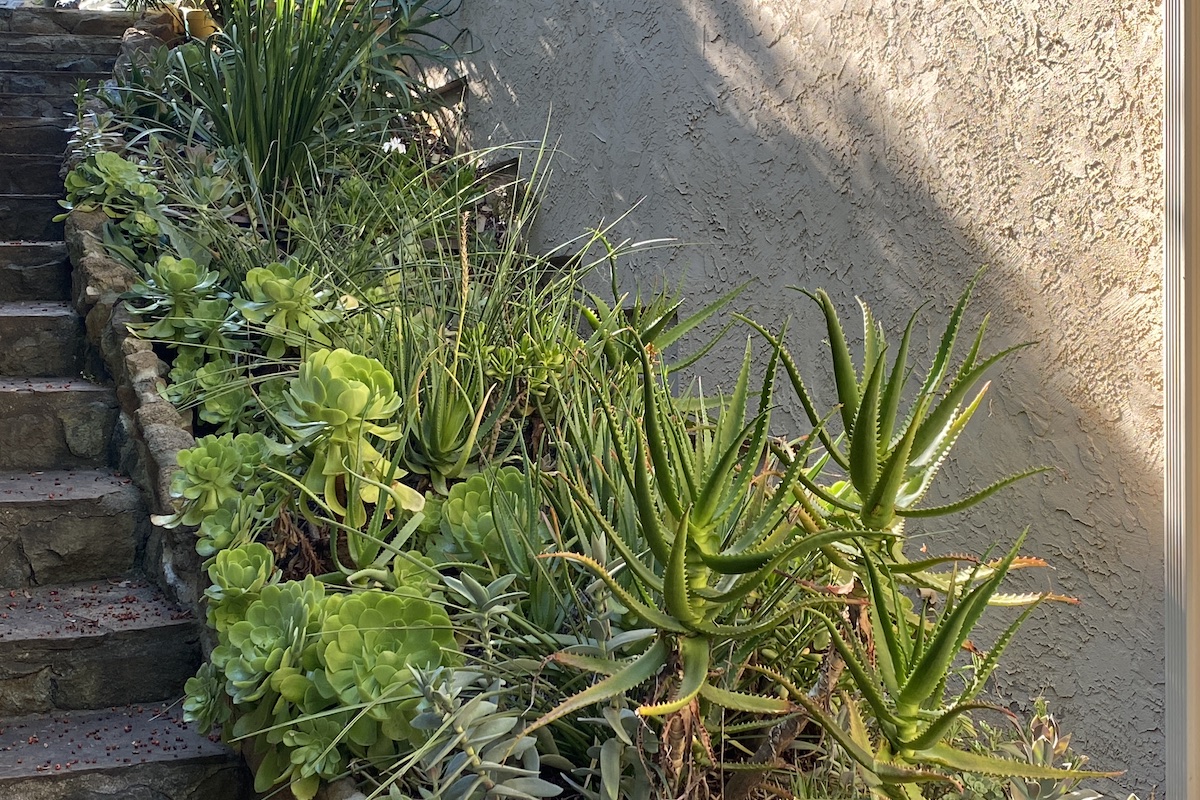
Reflected light
Types of shade
Because light gives succulents (all plants for that matter) better growth, form, color and flowers, your goal is to provide as much sun as they can handle, short of burning.
Below in my gallery of outdoor shade succulents, I've ID'd each one along with how much shade it wants, abbreviated PS, BS or FS.
Adjust my three types of shade according to your own location. Succulents will tolerate greater sun exposure closer to the ocean, and less nearer the desert. These are basically for Zone 9b (inland Southern CA), where I've grown all kinds of shade succulents for 25 years.
Part shade (PS)
Also known as semi-shade, this is full sun for several hours in the early morning or late afternoon, and bright shade for the remainder. Part shade also can be "dappled light" or "dappled sun" that flickers through overhead leaves.
Bright shade (BS)
This is indirect sunlight that hits plants from the side, as when they're under eaves, shelves, tables or trees. Sometimes called "filtered light," bright shade is typical of greenhouses, nurseries, lath houses and shade structures; and beneath patio umbrellas or sun sails.
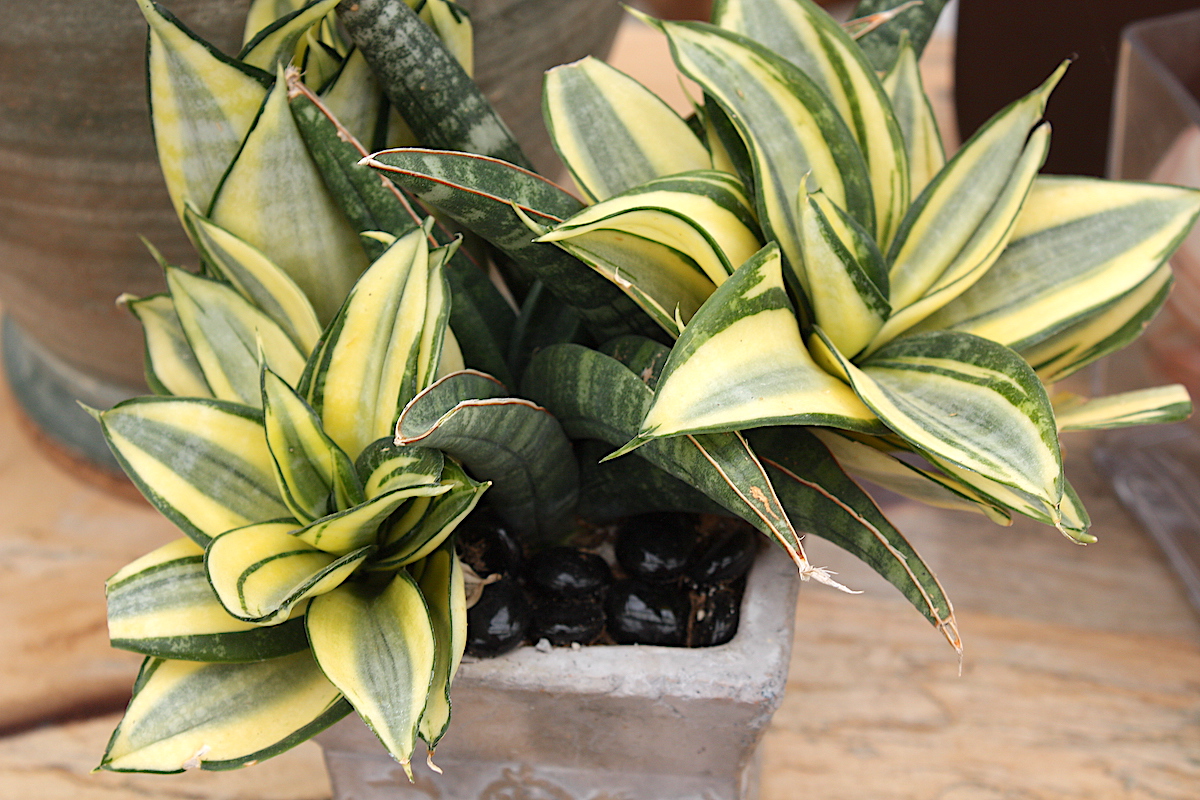
Sansevierias (two kinds) in full shade
Full shade (FS)
Plants in full shade (or "deep shade") don't get much sun at all, and if they do, it's brief and not intense. Full shade is OK for a few succulents, such as sansevierias, but most need some sun to thrive and look their best.
Contributing factors
In addition to types of shade, these variables make a difference:
Region: The same succulent that enjoys several hours of sun along the coast may burn with similar exposure inland.
Temperature: Above 90 degrees F, even "full-sun" succulents, if out in the open at midday, may burn.
Intensity: Any cover, including clouds, reduces the sun's strength. The higher the elevation, the fewer particulates in the air, and the stronger the sun's rays.
Season: Day length varies, with the longest days in midsummer (in northern latitudes). As the sun shifts, succulents you planted in shade may be in sun---which is not necessarily a bad thing, depending on the variety.
Location: Understand your garden's microclimates. How each combines these factors will make it easier or harder for you to grow certain succulents.
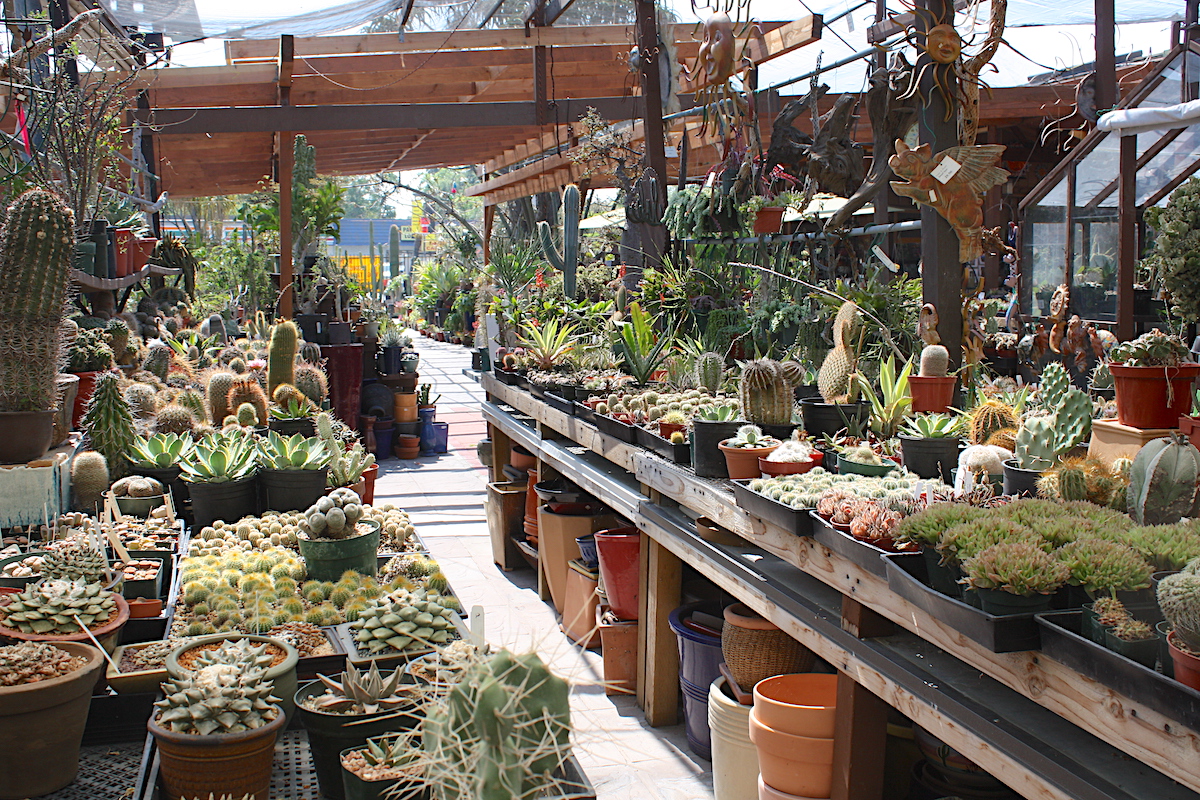
Succulents at California Cactus Center, Pasadena, CA
Notice where it's at in the nursery
Nurseries grow plants under perfect conditions. So don't just look down at a succulent you're considering, look up. What sort of sun/shade protection is it getting? The closer the nursery is to your home, the better it'll compare to your own garden's conditions.
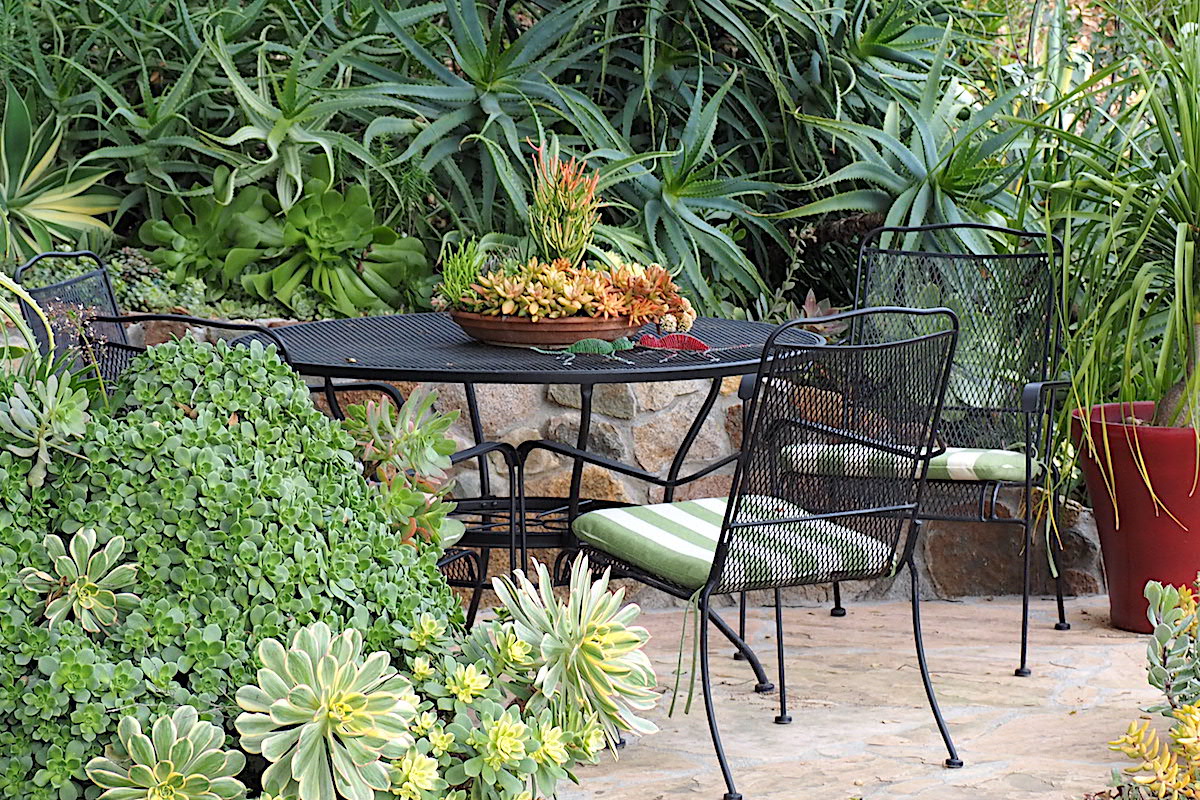
Variegated plants in my succulent sitting area include aloes and aeoniums
Succulents in low light are green because greater chlorophyll grabs more sun. In shade, colorful succulents like aloes and jade "revert" to green to better photosynthesize. However, green succulents that are variegated---striped or mottled with shades of cream---tend to hold their variegation.
Resources
Online nurseries
are shade succulents OK indoors?
There's some overlap. See Indoor Succulents.
related Videos
Shade Succulents for Your Garden (13:45) Find out which low-light succulents to plant in areas of your dry garden that lack direct, hot sun.
Crassula multicava (4:31) This easy-care succulent ground cover thrives and looks great where nothing else will grow.
Protect Your Succulents from High Heat and Sun (10:34) On an 89-degree day I take you on a tour of my garden in the foothills NE of San Diego.
How to Redo a Succulent Shade Arrangement (3:59) See me refresh and replant an arrangement of sansevierias.
Make a Succulent Dish Garden for Shade or Indoors (3:24) We're joined by succulent floral designer Jon Hawley of CW Designs. This project is also in my book, Succulents Simplified.
Grow Agave attenuata (foxtail agave) (3:00) Learn about this widely grown "soft" agave and see its stunning variegates and hybrids.
Create temporary shade with row cover
During temperature extremes, like searing sun at midday, I cover vulnerable succulents with lightweight nonwoven fabric. It moderates sun exposure to 85%. Keep it on hand for frost protection in winter, too. Agribon is one of several manufacturers.
What About Water?
Shade succulents don't need a lot of water. In a cool, shady spot, moisture doesn't evaporate as readily as out in the open. Plant high or on a slope so water drains away. Avoid planting in low spots lest roots rot.
Are They Sun-starved?
If a plant flattens or elongates to expose its leaves to greater sun, it's "etiolated" (et-EE-oh-lay-ted). Rotate or move its pot, dig it up and replant it in a better location, or prune overhanging branches.
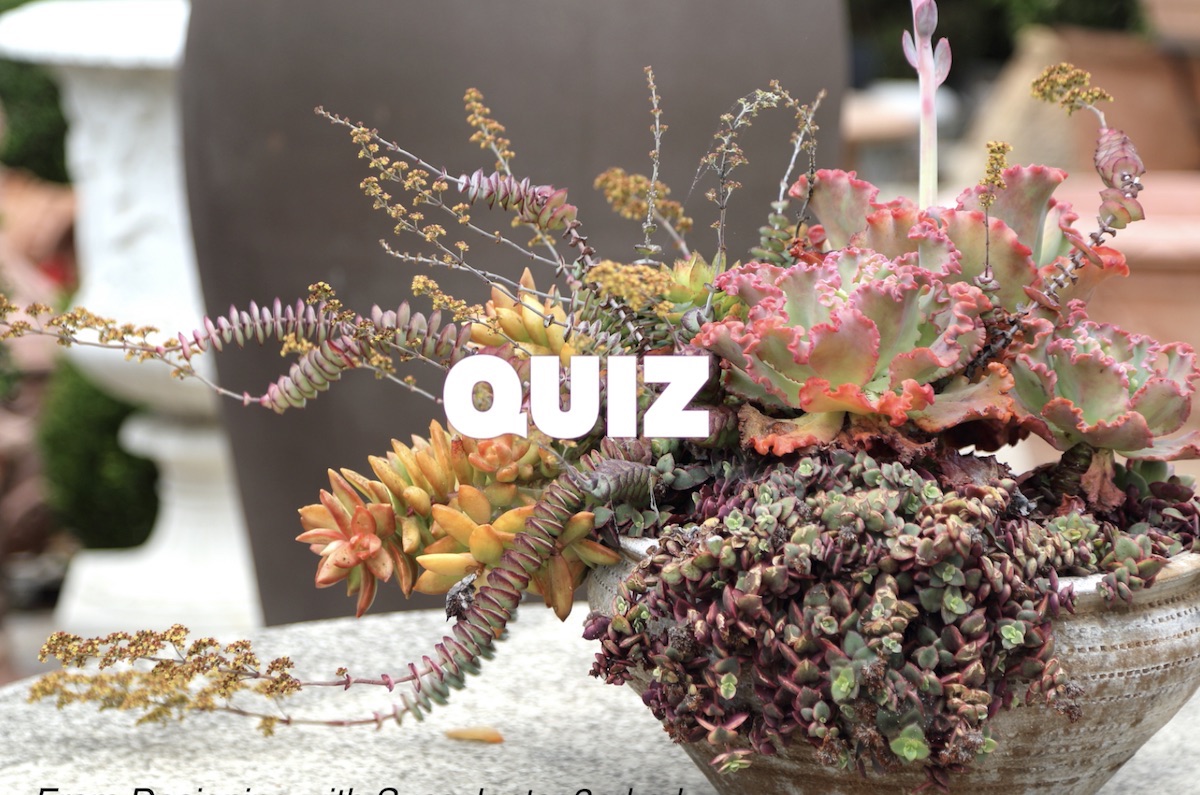
Q: So, What are these succulents saying?
A: "The light is over there" (off to the left).
Q: This sunset jade is in full sun, but are some of its leaves shaded? How can you tell?
A: They’re green.
Q: Why are some of these aeoniums greener than the others?
A: They’re getting more shade than the others.
Q: This lovely combo is in full sun near San Diego Bay. Would it keep its color farther inland?
A: Probably not. The ‘Campfire’ crassula will revert to green in the amount of shade that the aeonium would need in order not to burn.
Q: What are this trio of succulents on my deck saying? Hint: They’re like The Three Bears
A: Adromischus cristata in the foreground is saying, “too little light.”
Euphorbia greenwayii at right is saying, “too much light.”
The stapelia at upper left is saying, “the light’s just right.”
Q: What kind of light would this paddle cactus need in a coastal garden? How about inland? Why?
A: It should do fine in full sun at the coast and in bright shade inland. Its smooth, variegated skin is vulnerable burning.
Q: Which part of this ‘Kiwi’ aeonium is getting the most sunlight? Why is the plant lopsided?
A: The brighter yellow side at left gets the most sun. The greener side is larger because it’s better able to photosynthesize.
Q: What are the light requirements of this container garden?
A: Bright shade is ideal, but it'll take anything from full sun to full shade along the coast, and all but full sun inland.
Where's the quiz? Find it at 12:23 of my Shade Succulents video.
Shade Succulents Gallery
FS=Full shade, BS=Bright Shade, PS=Part Shade
These shade designations are based on my own experience and are merely guidelines. Adjust them for your own region. I'm Zone 9b, inland Southern CA, in the foothills. If you're coastal, the same succulents can handle more sun. If you're closer to the desert, more shade. See "Types of Shade" above.

